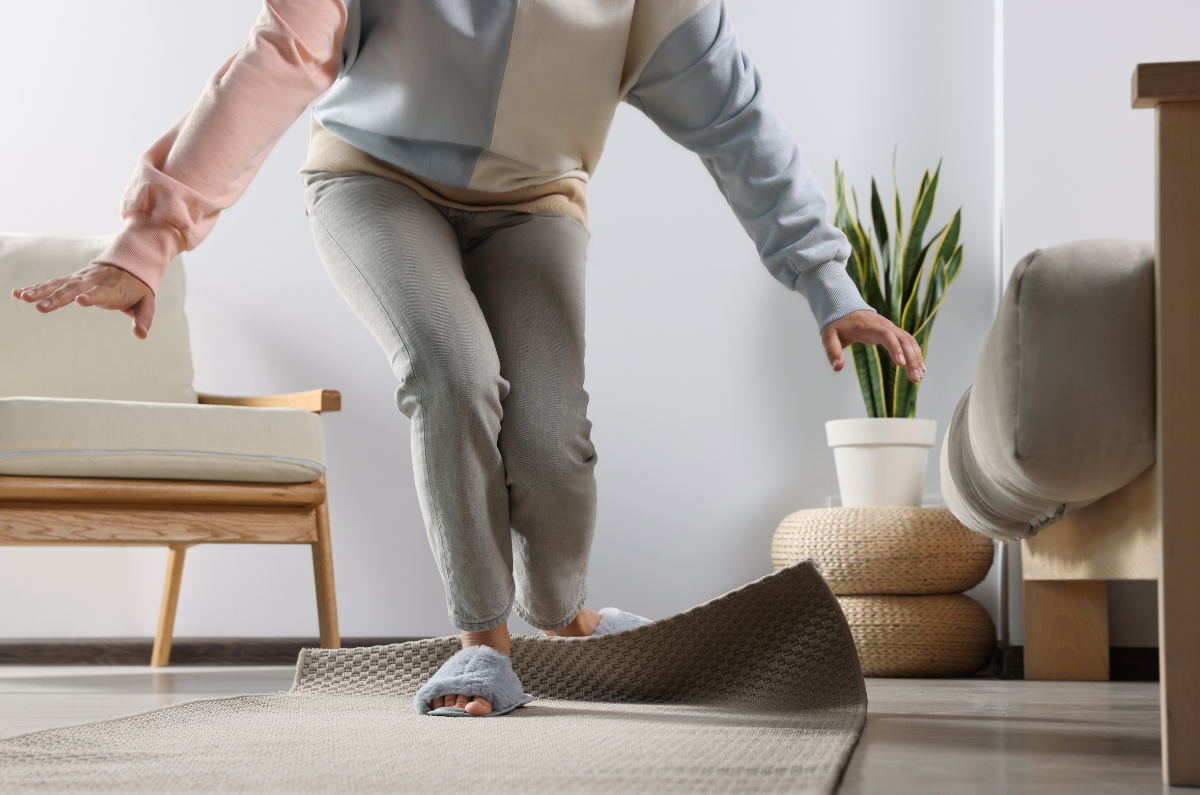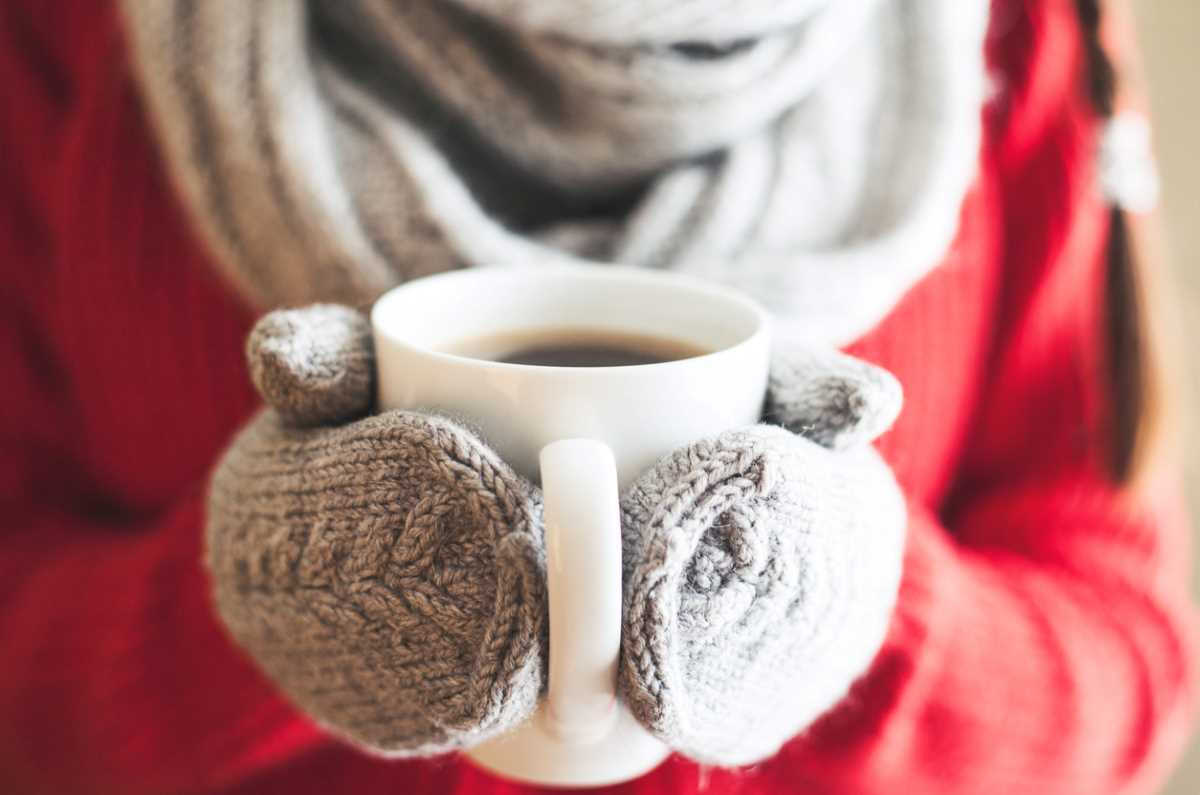Budget-friendly tips for staying warm this winter
Sadly winter is more than just lazy Sundays when you can stay at home, warm on the couch with a loved one. Reality means we need to eventually (and reluctantly) head out of our cosy homes and face the cold, wet winter. And when we’re at home, because of crazy energy prices and rising living costs, we have to make hard decisions about how to spend the household budget. Heating is one of the more significant costs in winter, so many people are forced to reduce it to save money.
For those of us with conditions like fibromyalgia, lupus, osteoarthritis, rheumatoid arthritis, back pain, scleroderma, and Raynauds’ phenomenon, this can be a painful problem. We often feel the cold more keenly with increased joint and muscle pain or lack of blood circulation to the extremities.
So, how can you stay warm and keep the costs down this winter? We’ve got some suggestions for you to try.
Dress for the weather.
Let’s start with the basics. You need to dress for the temperature and wear layers. It can sometimes feel cumbersome and bulky, but it’s one of our best defenses against the cold. So put on the warm pants and jumper, embrace your inner Wiggle and wear a skivvy, pull on your thick socks and/or tights and appropriate footwear. If you’re still cold, consider adding thermals to your layers.
When you head outdoors, add more layers – including a coat, hat, gloves, and scarf. You can also buy a fantastic range of heated vests, socks, scarves, and gloves. They can be a little pricey, but they may be worth that initial outlay if you’re outdoors a lot. Check online or in-store at outdoor suppliers.
If you’re at home and still feeling the cold, grab a blanket for your legs as you sit at your desk or on the couch. You can use any warm blanket, doona or heated throw. Whatever you choose, just be careful you don’t trip on it when you get up.
Shop around.
Don’t assume you’re on the best energy plans for your gas and electricity. Take some time to see if there’s a better deal. If you live in Victoria, visit Victorian Energy Compare. For all other parts of Australia, visit Energy Made Easy.
Deal with draughts.
When the wind’s howling outside, you know it’s trying to find a way indoors 💨. So cover the bottom of your door with a door snake or an old towel, or add some door seals. Pull your curtains and blinds over the windows at night and during miserable days to keep the warmth inside. If you have floorboards, consider putting down rugs (just be careful they don’t become a trip hazard).
If you can safely do so, close or cover air-conditioning vents, exhaust fans, and unused chimneys. However, it’s important to be aware that some gas appliances require a certain amount of ventilation or fresh air, or they can be unsafe. They should also be serviced every two years or sooner if you notice anything unusual. If in doubt, speak with a licensed gas fitter. Energy Safe Victoria has lots of useful info about heating your home with gas and what to look for when searching for a licensed gas fitter.
Sustainability Victoria also has helpful information on draught-proofing your home. You can also watch these handy DIY draught-proofing videos from the City of Port Phillip (Melbourne).
Turn down the temperature.
While it’s tempting to crank the heat up, the most efficient temperature to set your heater to (if you can select the temp) is 18-20 degrees. While that may not sound particularly warm, we’re often outside during the warmer months wearing short sleeves when it’s 18-20 degrees. It’s just a matter of perspective.
And only heat the areas you’re using. If you can turn the heating off in unused parts of your home, do it. Shut the doors and use a draught stopper to prevent the warm air from the rest of the house from escaping into these areas. And turn the heating off when you go to bed or leave home.
Install heavy curtains.
Thick curtains made from heavyweight, tightly woven fabrics can prevent heat from escaping your home. For the best results, curtains should be fitted as close to the window frame as possible, extend below the sill and well over the sides of the window frame, and a pelmet fitted over the top. This acts to seal the window from the rest of the room and prevent heat loss. Curtains will also keep the hot air outside in summer.
Let the sun shine in.
Open your curtains and blinds on sunny days to let the sun shine on your windows. Even with a chilly wind, the sun will bring wonderful warmth into your home.
And remember to close them when the sun starts to go down. As someone who goes for walks when it’s dark in the early morning and evening, I’m always amazed by how many people have their windows uncovered. You can practically see the heat escaping through the glass. So close them to keep the warmth in and the gaze of the sticky-noses (like me) out 😉.
Cool down at night.
You sleep better when your body can cool down, so turn the heater off at night. It’s also safer to sleep with the heater off. You can remove the chill from your bed using a hot water bottle or an electric blanket. Just remember to turn your electric blanket off before sleeping.
Winter-proof your bed.
There’s nothing like slipping into a deliciously warm bed on a cold night, especially if there’s soft flannelette involved! So swap out your lighter, everyday bedding for heavier winter ones. And add layers – a top sheet (if you don’t already use one) and extra blankets. Finally, if you have floorboards in your bedroom, adding a rug under your bed can prevent draughts from making their way to your bed.
Get active.
When the weather allows, go for a brisk walk outdoors, wearing appropriate clothing, and you’ll warm up in no time. Save on pricey petrol and walk to the shop/school/post office instead of driving.
When you’re at home, exercise indoors using an online program, a DVD or an app. Play with the kids. Clean the house. Do anything that gets you moving, and you’ll feel warmer than if you sit in one place for hours.
However, if you’re having a flare or experiencing a lot of pain, be as active as you can within your limits. And use your heat packs to help relieve muscular pain.
Shorten your showers (if you can).
Many of us use our shower to warm up sore joints and muscles so we can get moving. However, hot water uses a lot of energy; even a few extra minutes will add to your bill. If you can, shorten the time you spend in the shower. Aim for four minutes or less. You can use a timer or sing your favourite song. Hunter Water has a great playlist of four-minute(ish) songs to get you inspired.
Give your heater some space.
Anything that blocks a heater will prevent the warm air from flowing around the room uninterrupted. So move clotheshorses and other obstructions away from the heat source.
Hot air rises, so if you have ceiling fans, flick the reverse or winter mode switch and turn the fan on low. This will pull the cooler air towards the ceiling and push the warmer air down to you.
And to stay safe, fire authorities say you should keep clothing and other fabrics at least one metre from your heater. Never place them on heaters.
Snuggle up.
Get comfy on the couch with your partner, kids, and pets. Grab a warm blanket or doona, share your body heat, and enjoy being together.
Use heat packs and hot water bottles.
If you’re feeling stiff and sore, heat packs or hot water bottles can provide temporary pain relief and help you get moving. But you need to be careful when using them.
If you’re using a heat pack or wheat bag, let it cool completely before you reheat it. Don’t sleep with your wheat bag or smother it behind you in your chair or bed. This can cause it to overheat and catch fire. Always carefully follow the manufacturer’s instructions and never overheat them in the microwave.
If you’re using a hot water bottle, use hot water from the tap, not boiling water. Wrap it in a cloth or use a cover so it doesn’t come into contact with your skin.
Always examine your hot water bottles and heat packs before use, and toss them out if you notice signs of wear or damage. And always check their temperature before use to ensure they’re not too hot.
Warm up from the inside out.
Many delicious winter recipes bring comfort and warmth on the most miserable days. So crack open the cookbooks and get cooking! Or go online for inspiration for yummy, warming curries, soups and stews. We’ve got some great recipes to get you started! Can’t be bothered cooking? Simple. Grab a cup of hot chocolate, tea or coffee. It’ll warm your insides and your hands. Perfect! ☕🍵
Choose energy-efficient heaters and hot water systems.
If you’re in the market for a new heater or hot water system, make sure you’re buying one that’s energy-efficient and best suits your needs. Read Canstar’s guide to energy-efficient heaters and Choice’s article on buying the best hot water system for more info.
Insulate.
Insulation keeps your home warm in winter and cool in summer by preventing heat from escaping or entering your home. This keeps your home at a more consistent temperature and reduces the need to crank up your heating or cooling.
If your home isn’t properly insulated, this is something you can do that’ll have long-term benefits. There’s a substantial upfront cost, but it may be an option for some households. Find out more about insulation, including the different types available and how to install it, from the Australian Government’s website, Your home.
Billing and payment help.
If you’re struggling to pay your energy bills, Energy.gov.au also has some information about support for Australian households, including info on potential rebates that may be available.
We’ve also put together lots of info to help you if you’re struggling with financial stress.
Contact our free Helpline
Call our nurses if you have questions about managing your pain, musculoskeletal condition, treatment options, mental health issues, telehealth, or accessing services. They’re available Monday to Thursda between 9am-5pm on 1800 263 265; email (helpline@muscha.org) or via Messenger.
More to explore


















